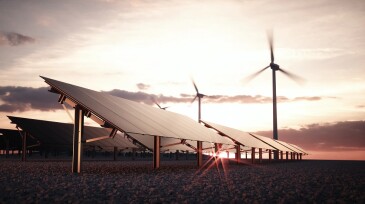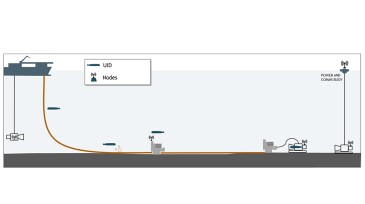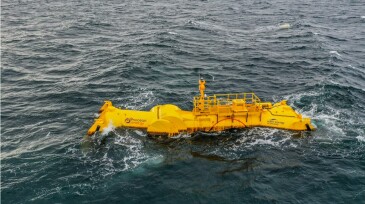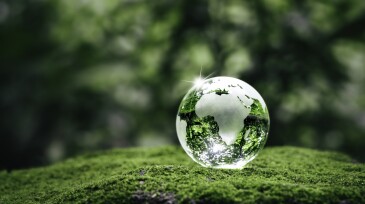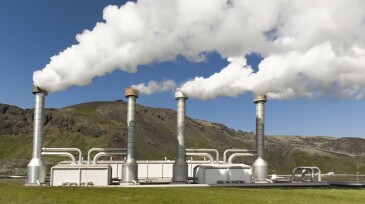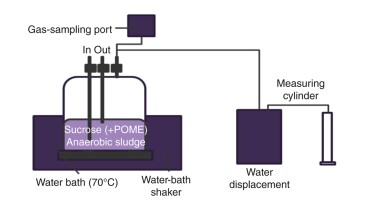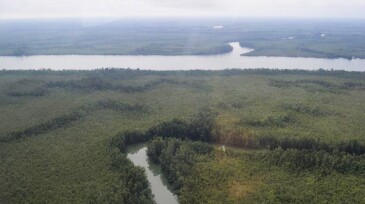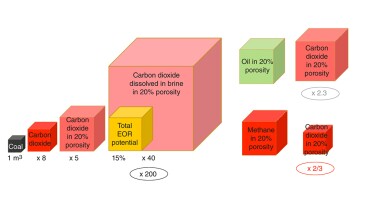Sustainability
2025 has seen an 81% year-on-year rise in the number of small modular reactor (SMR) designs to have secured at least one source of funding or a funding commitment.
A newly formed global coalition, Carbon Measures, aims to develop a ledger-based carbon accounting framework and champion market-based solutions to drive emissions reduction.
APOGCE 2025 set the stage for strategic dialogues on how Asia Pacific’s upstream industry can innovate, invest, and collaborate to meet growing energy demand while advancing net-zero goals.
-
National oil companies and traditional upstream players are progressively focusing on cleaner and more environmentally friendly energy initiatives.
-
A Houston startup that is developing a technology to detect methane leaks has moved on to Phase 2 of Chevron's business accelerator.
-
The paper presents an overview of underwater inspection drones and identifies the necessary elements to take full advantage of the technology.
-
This paper describes development of a fully integrated system for the provision of low-carbon, remote power and communications using wave energy converters.
-
The region stands to benefit from TotalEnergies’ experience as a partner in Norway’s Northern Lights CCS development to decarbonize industrial operations in northern Europe. The first injection of carbon dioxide at Northern Lights is expected in 2024.
-
The company has acquired Dublin-based Enviroguide Consulting in an effort to increase its focus on environmental concerns.
-
Advantages for conversion of nonactive oil and gas wells to geothermal wells include deferred plugging and abandonment costs, safety and environmental concerns, and potential energy production.
-
This paper discusses a study that aimed to accelerate the conversion of CO2 and methane through biological means.
-
This paper discusses an effort to prevent permanent loss of mangrove habitats using a long-term restoration strategy based on the transplantation of fertilized seedlings produced at mangrove nurseries in partnership with local communities.
-
This study catalogs global gas/oil ratio data to identify currently produced light crude oils that could be rendered carbon neutral through the direct-air-capture mechanism.




